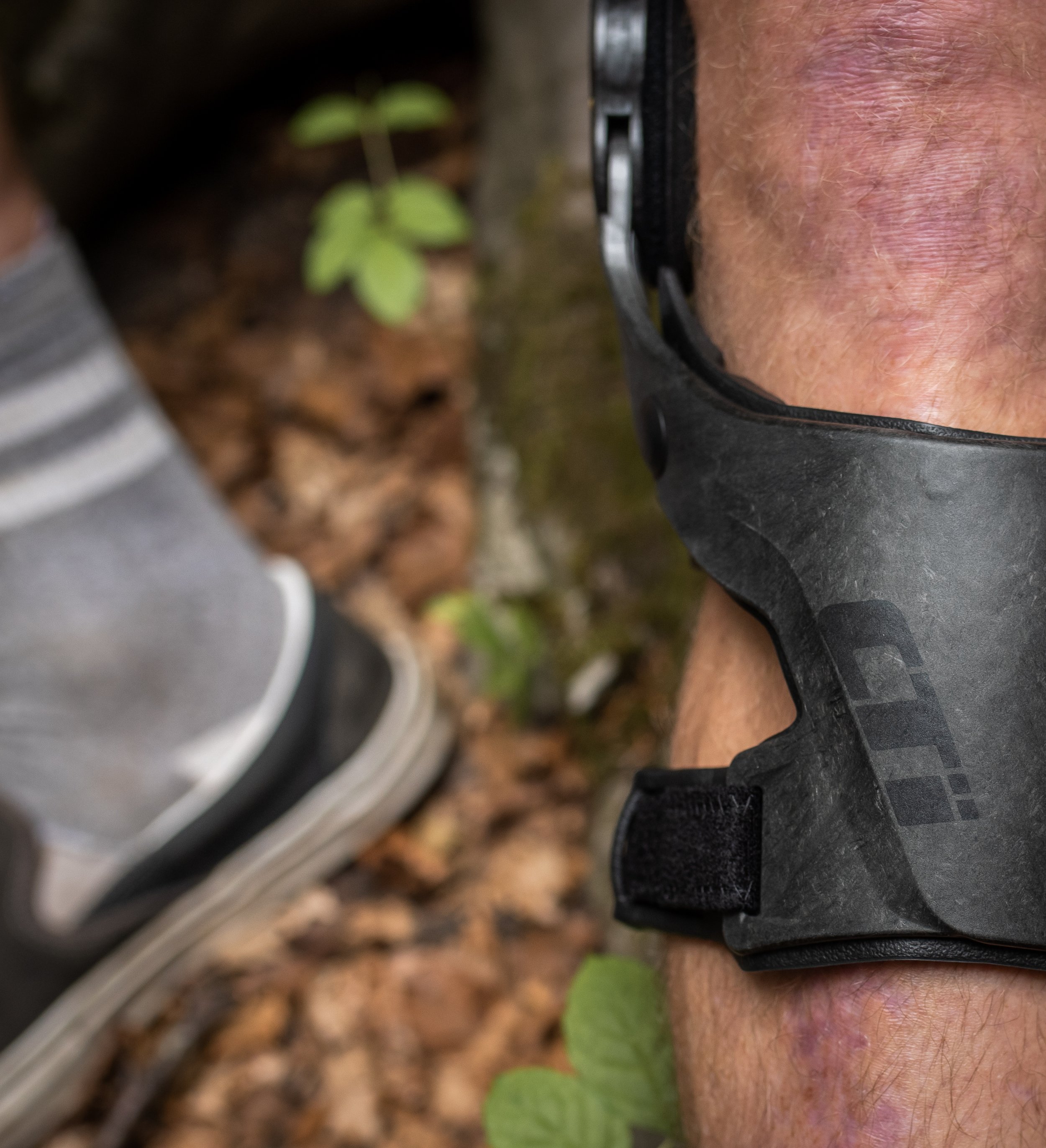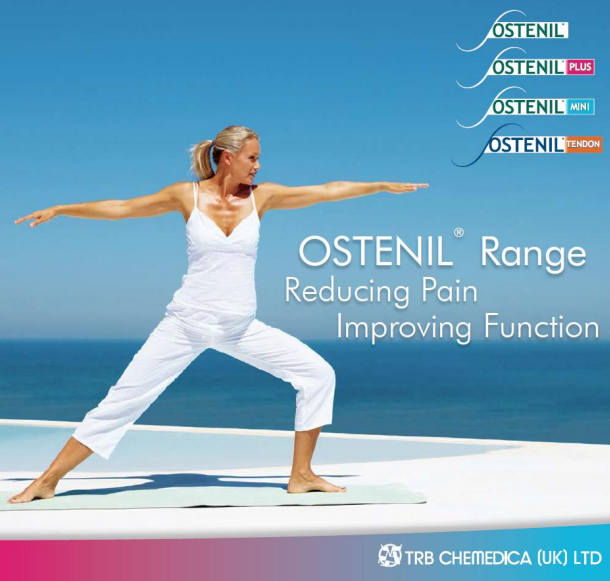A C U T E L O W E R B A C K P A I N A N D S C I A T I C A G U I D E
Public beliefs on back pain are often incorrect (source) while our approach to managing back pain in the past also hasn’t worked very well. Fortunately, we now have a much more contemporary understanding of how to best manage things (source).
If you are suffering with recent onset lower back and/or sciatica then this article should help you guide your care. If you have developed back pain for the first time then research has shown that simple advice can reduce your pain and help prevent re occurrence (source). THIS IS NOT A GUIDE FOR THOSE WITH CHRONIC LOWER BACK PAIN.
Terminology
What do we mean by lower back pain: Pain, soreness or stiffness anywhere between the rib cage to the top of the buttocks.
Acute back pain: Symptoms that are new and started usually within the last 6 weeks.
What is sciatica: This is pain radiating down one or both of your legs usually as a result of the nerves in your back being irritated, this can often be associated with numbness and tingling and in some instances weakness.
Should be worried that something serious is causing my symptoms?
It is difficult to identify a clear single cause of lower back pain. In most cases it is usually a combination of things that has led to you becoming symptomatic. There are in some very rare cases specific and serious causes of your back pain such as infections, fractures, tumours and sometimes inflammatory diseases but the good thing is that these things are usually only present in less than 1 out of every 10 people.
Interestingly back pain is not often caused by prolonged sitting (source), repetitive lifting or bending (source).
There is little evidence that disc bulges or degenerative changes are the cause of back pain (source). Some disc bulges can cause back pain and leg pain but fortunately the majority of these heal up and are resorbed naturally (source).
What does the future hold for me if I have acute back pain and/or sciatica?
Back pain with or without sciatica is very common and makes up a large proportion of what we see in the consortium physiotherapy clinic. In some cases this can be triggered by certain activities or by specific movements but in other cases there is no obvious reason. Back pain is quite common amongst the general population and most people will suffer multiple episodes of back pain at some point in their lives. The good thing here is that in most people this usually improves given time and then you can get back to normal without any long term issues. Having sciatica is often a sign that the nerve is also irritated but again the majority of this gets better on its own given time.
What should I do then?
There is lots of research and guidelines that have been developed nationally in recent years to help tell us the best way to manage your acute symptoms. In the first instance self care is always the most effective and cheapest option available. We would advise that you carry on as best as possible within the limits of your pain and continue to participate in your normal activities and carry on at work if possible. This usually helps quicken your recovery and helps avoid persistent symptoms. At first you may be struggling to move about freely but as the days pass this usually gets better. You should then build things back up in a sensible and GRADUAL manor. Only if you are in very severe pain and have no choice would we recommend resting in bed as this often results in your symptoms taking longer to get better. It s often best to treat your back exactly the same as you would if you had sprained your ankle. For example, you wouldn’t stress to much about it to begin within, you would use it as your pain allowed and then gradually get back to normal over the coming weeks as it heals up. Often if we use the same to our back and leg pain it can be helpful.
It is always useful to remember that the amount of pain you experience in your back and/or leg rarely equates to the level of damage or harm that you have done. Similar examples of this can be seen when you have a tiny paper cut with a large amount of pain.
Most people don’t need a large amount of treatment in the early stages and you are often discharged following a single session. If you do not improve or should you worsen further we would strongly recommend you come back for further sessions to help us optimise your care. If we do see you in the clinic we will try to screen out people with higher levels of pain, distress, anxiety and fear of movement as we would provide these individuals with more face to face input at early stage to give them a better chance of recovery.
What exercises should I do?
We are strong believers that exercise should be focused around what you enjoy most. Your spine is full of joints and is a highly flexible structure and therefore likes to move freely in all directions. Exercise tends to work best when performed over long periods of time. For this reason you are encouraged to choose the type of exercise that you enjoy most and the type that fits in best with your lifestyle. It is best to exercise in the long term with the reassurance and understanding that stiffness and soreness after exercise is often normal and over time this becomes less. To begin with you may have to move in a guarded and cautious way as your pain will still be prominent at this time. As you start to improve we would recommend trying to move more freely again. We often encounter patients who have spent years deliberately bracing and protecting their spine and moving rigidly. In the majority of cases this is not always a helpful strategy, instead it can often lead to higher levels of pain, stiffness and disability.
medication advice
Guidance from NICE in 2016 (source) recommends using Non Sterioidal Antiinflamatory Drugs (NSAIDs) for managing back pain at the lowest effective dose and for the shortest possible period of time. If you can’t take NSAIDs then weak opioids can be used on the same basis. We would recommend you must take advice from your physio, GP or pharmacist if you are considering medicating.
The guidelines recommend against using paracetamol alone for managing back pain and to not advise that you are routinely offered opioids.
If you have severe sciatica then a number of neuropathic medications can be considered including amitriptyline, duloxetine, gabapentin or pregablin. Again you will need to discuss this with a medical practitioner and you should not take these medications if you have back pain alone.
Lots of physiotherapy practices offer all sorts of treatments like acupuncture and manipulation. Should I pay for these things?
The guidelines of excellence recommend AGAINST treatments including belts, corsets, acupuncture, stand alone manual therapy, foot orthotics, traction and electrotherapy including ultrasound, TENS, PENS and interferential. This is because their effectiveness is limited and therefore in general they are not considered to be cost effective across the board. Treatments like this can also leave patients with negative back pain beliefs and an increased reliance upon therapists to ‘fix’ their back pain, leading to worse outcomes in the long term.
Can my spine or pelvis end up out of alignment or out of place?
Despite the fact that many patients are still treated for this, there is no evidence to back up the idea that you can end up with your spinal joints or discs being out of alignment. Usually if you have your back manipulated it can provide short term pain relief but this is because it manipulates your nervous system rather than someone putting something back in place. Some patients do naturally have different spinal postures but this may only mildly pre dispose you to some lower back pain and cannot be treated by manipulation or ‘realignment.’
Who is at risk of developing longer term back pain and what can be done?
Individuals who become extremely fearful of moving, take excessive rest, avoid normal activities, cannot control their pain or who believe that something is seriously damaged in their back often are more likely to develop long term back pain. Given that the public’s understanding of back pain over the years has been incorrectly focused around the vulnerability of the spine we can easily see why some people end up in this difficult situation. A simple examination can help identify this group of patients and fortunately there are some strategies we can try to use to improve their situation. The best approach that we know is to identify various physical, cognitive, emotional and lifestyle factors that we feel could contribute to their ongoing pain. We will also look to identify and stop unhelpful pain behaviors and re introduce exercise alongside positive back pain beliefs and cognitive behavioral therapy. The success rates for this type of treatment can be very good but there are also a small group of patients that will fail treatment and require referral on to a higher level pain management and rehabilitation program.
When should I seek medical help?
If your back or leg pain gets worse not better and/or persists for longer than 6 weeks you should seek help. A simple assessment and face to face discussion should be enough to optimise your care in most cases. In this scenario we may discuss together how is best to proceed and in some instances we will arrange imaging if appropriate and refer you onto a spinal surgeon. The primary aim of surgery is usually to relieve sciatica and often leaves your lower back pain unaffected if not worse.
However, there are circumstances where you should seek help sooner, for example if you are known to be osteoporotic or if you experience unsteadiness or difficulty co coordinating/ controlling your legs when you walk. If you have intractable sciatic pain and cannot cope then it would also be sensible to seek help.
Should I ever seek EMERGENCY help?
It is rare to have to seek emergency care for lower back pain and/or leg pain. However if you experience any of the following symptoms should present to your local emergency department as a matter of urgency (source).
· Saddle anaesthesia (loss of feeling between the legs, numbness in or around your back passage or genitals).
· Bladder disturbance (inability to urinate or difficulty initiating urination, loss of sensation when passing urine, inability to stop of control urination, loss of feeling your bladder is full).
· Bowel disturbance (inability to stop a bowel movement, constipation, numbness when passing a bowel movement).
· Sexual problems (inability to achieve an erection or ejaculate, loss of sensation during intercourse).
· Severe sciatica associated with worsening neurological weakness for example an inability to lift your foot up from the floor.
Imaging
Imaging is often not helpful in most cases of lower back pain. Most of the degenerative changes found on MRI are often meaningless or incidental as these changes are usually similar to people of the same age that have no back pain. Often the ‘wear and tear’ that is seen simply reflects the normal aging process and shouldn’t be much cause for concern.
There are a small number of people who have symptoms that may require us to order you an MRI scan and this decision can be made after one of the Consortium Physiotherapists has performed a simple assessment. Imaging is helpful if
· you have any of the emergency symptoms listed above
· if you have persistent sciatica for longer than 6 weeks without improvement
· if in some rare cases you have severe, unrelenting and intolerable sciatic pain
will i ever need to have surgery?
Surgery in your lower back is reserved for patients with either severe nerve pain into their legs and/or patients who have developed neurological compromise (as is detailed in the section above titled when should I ever seek emergency help). Persistent sciatica that fails to improve over time is usually investigated with an MRI scan and dependant on the scan findings you may be referred for a surgical opinion. In rare cases of acute severe and uncontrollable sciatica you may be investigated urgently. Even then surgery is used primarily to relieve pressure on nerves and would be likely to leave your back pain unaffected if not worse. The guidelines state there is virtually no role for surgery for back pain whether it is acute or chronic. This is because the outcomes are usually poor. In some spinal centres they will operate for back pain but only if you are part of a special trial.
There is a lot of evidence that patients with more positive beliefs and a greater understanding of their symptoms have a better prognosis (source). We therefore hope that you have found this guide to be a useful resource.
If you would like to download this guide as a printable PDF then please click here.
If you need any more information then please do let us know by contacting us using contact@consortiumphysio.co.uk













































